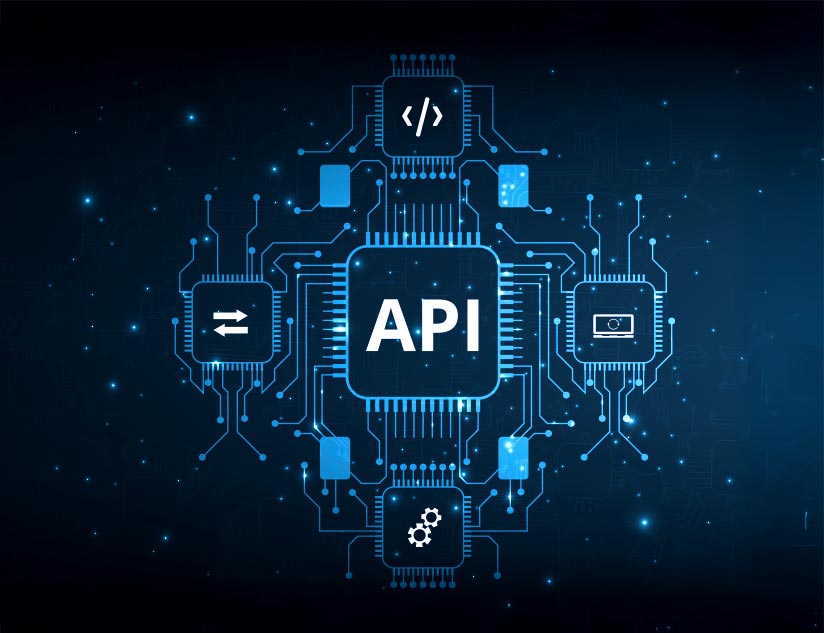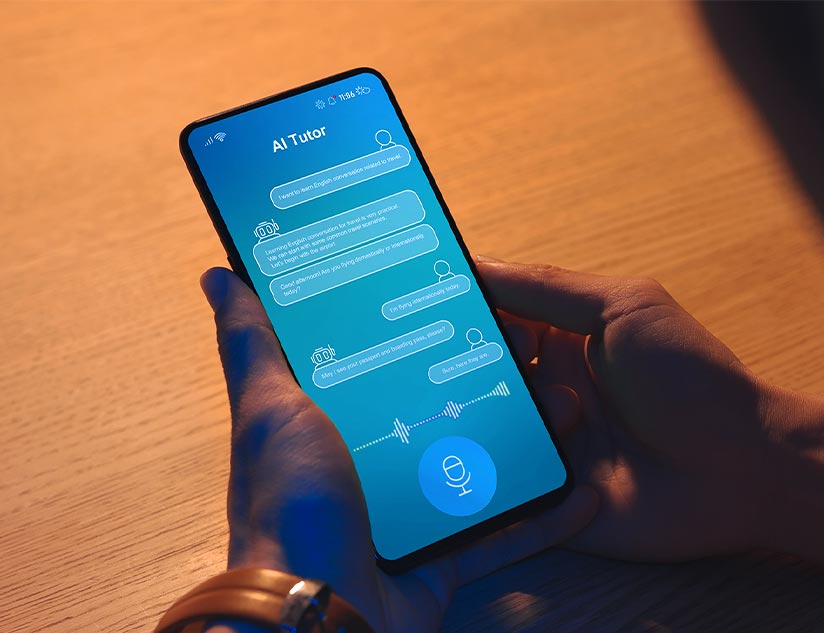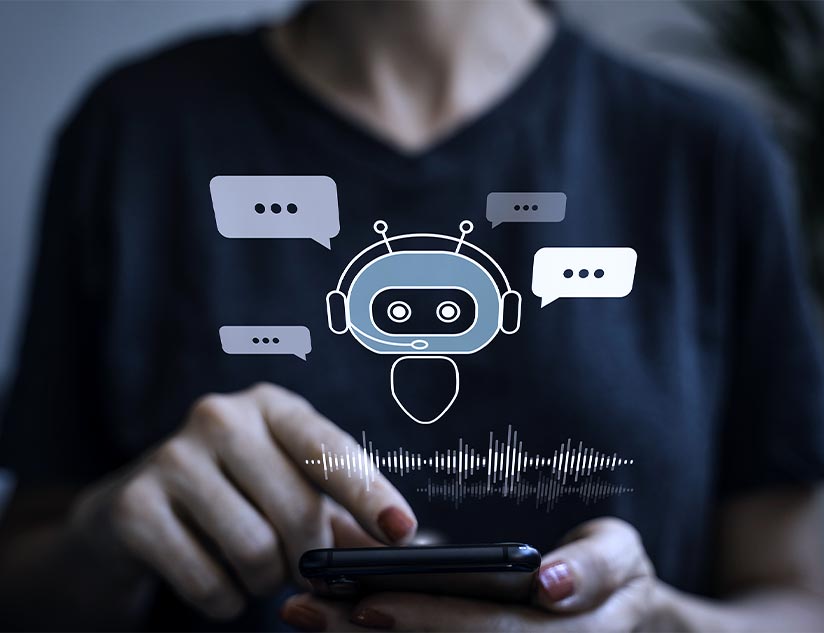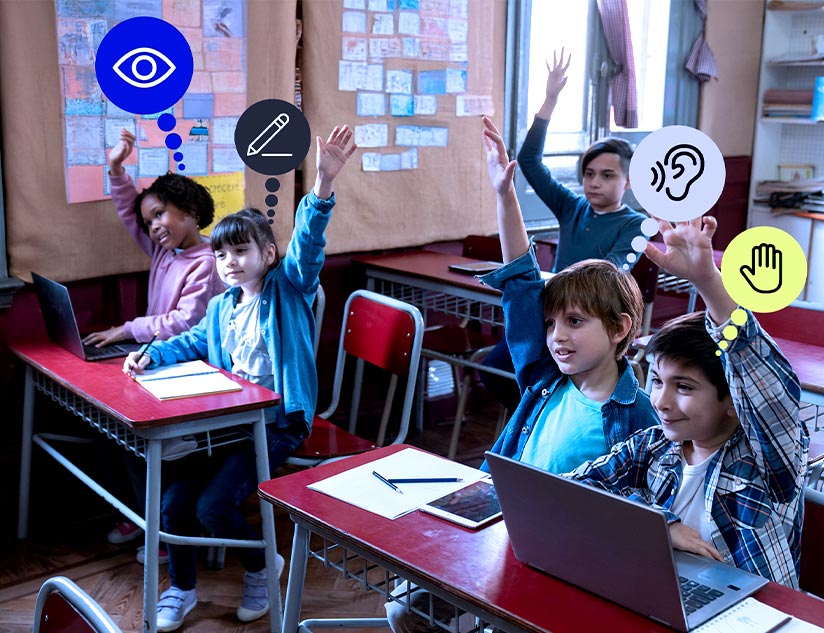Engagement is key to improving the efficacy of digital learning and elevating academic achievement. However, the lack of personal interaction, delayed feedback, limited autonomy, and one-size-fits-all learning journeys hamper learners’ engagement. Additionally, static learning materials with limited accessibility for learners with physical, sensory, cognitive, or emotional barriers, a digital divide further lower engagement levels on online learning platforms. Broughan and Prinsloo, renowned academic researchers and higher education professors, highlight the capabilities of learning analytics to transform learning experiences. They propose that student involvement in content co-creation and deriving the usefulness of education can help create engaging learning experiences. This can be achieved through the application of AI in education.
This blog dives deep into making learning more interactive using AI in education and its subfields, such as machine learning (ML), natural language processing (NLP), analytics, neural networks, etc.
The Power of Interactive Content
Interactive learning promotes active student participation which directly enhances student engagement. It also helps develop higher-order cognitive skills, promoting deep learning. Enabling students to pace, time, and define their learning journeys allows them to take the ownership of their education. Gamification, real-world simulations, and quizzes are a few digital instruments to make learning fun and interactive. Moreover, purposefully planned social interaction and collaboration opportunities also enhance engagement and motivation among learners. All these translate into improved learning outcomes.
Benefits of Interactivity-Powered Student Engagement for Publishers
Interactive content enhances student engagement by 50% and improves retention by up to 75%. Improved engagement levels heighten student satisfaction and elevate the overall teaching-learning experience on a digital learning platform. The ability to elevate academic experiences and achievement differentiates publishers. This helps them grab greater market share and drive adoption in the competitive digital learning space.
AI: The Engine Behind Engaging Content
Broughan and Prinsloo also suggest adopting a dialogical and participatory approach to knowledge and skill acquisition. This can be done by leveraging analytics for the “emancipation and empowerment” of both learners and educators. AI is an effective way to breathe life into digital learning solutions in several ways:
- AI learning assistants create interactive opportunities, fostering companionship in education. They can carry out contextual discussions, recommend learning materials, and even explain concepts when teachers are unavailable.
- Machine learning assesses individual student data to identify learning patterns, and tailor instruction materials and assessments to their specific learning needs. It offers diverse forms of engagement, difficulty levels, and progress journeys to create unique learning experiences. Dynamically adjustable learning materials create a feeling of being “seen” among learners.
- AI-powered content creation guides educators to introduce collaboration opportunities via discussion forums, group activities, and interactive assessments. It helps build dynamic learning modules that adapt to individual learning needs on the fly.
- Gaming elements make online learning platforms more engaging for learners. Personalized real-world simulations and rewards are a great way to make learning journeys more interesting for students.
- Personalized learning platforms can help educational institutions deliver immediate feedback loops, leading to dynamic learning environments. Instant feedback creates opportunities for student improvement in real time. Knowing they have a way to enhance performance and achieve their learning targets prevents students from losing interest.
EdTechs and publishers can elevate their existing digital learning solutions by augmenting them with AI technologies. For instance, leverage text-to-speech to offer assistive education to the visually impaired. Leverage student analytics to guide further digital learning content creation and curriculum development. Adopt AI in education for administrative tasks and evaluations to free up teachers’ time for core teaching and professional skill development activities.
The Future of Educational Content
Engaged learners are more likely to persist with their education and enjoy it. This translates into higher academic achievement. Moreover, it improves their teamwork skills, collaboration skills, and ability to drive their education, cultivating a habit of continued learning.
“Leveraging AI’s transformative power, we can drive human progress by revolutionizing education globally,” says Narmeen Makhani of the World Economic Forum’s Education Testing Service. Today’s learners are facing a future where AI will play a pivotal role. This emphasizes the need to incorporate “teaching with and about AI” to optimize the impact and unlock the potential of the technology in a way that benefits the evolving world.
The global market size of interactive digital learning solutions is expected to reach $34.37 billion by 2030. Discover how AI integration in online education platforms can elevate learning experiences and future-proof your digital learning platform, making it interactive and personalized. AI-powered content authoring can help publishers ensure compliance with diverse standards for interoperability, privacy, and data exchange. This can also help align learning materials with state adoption requirements. Grab a larger market share by offering an innovative, compliant, and personalized learning platform for educational institutions. Speak to the experts at MagicBox™ to learn how integrating AI in Education for content creation, student analytics, instructional design, and personalized learning can propel your business.














